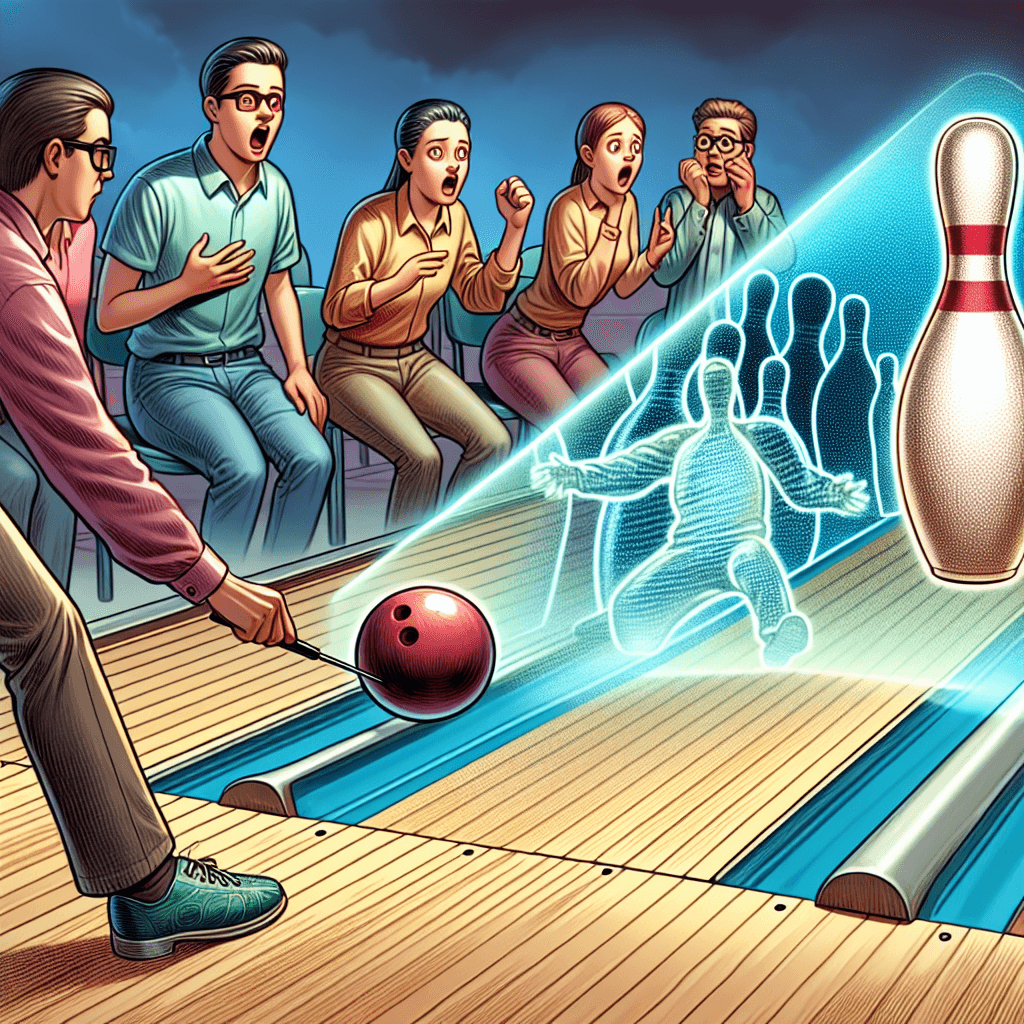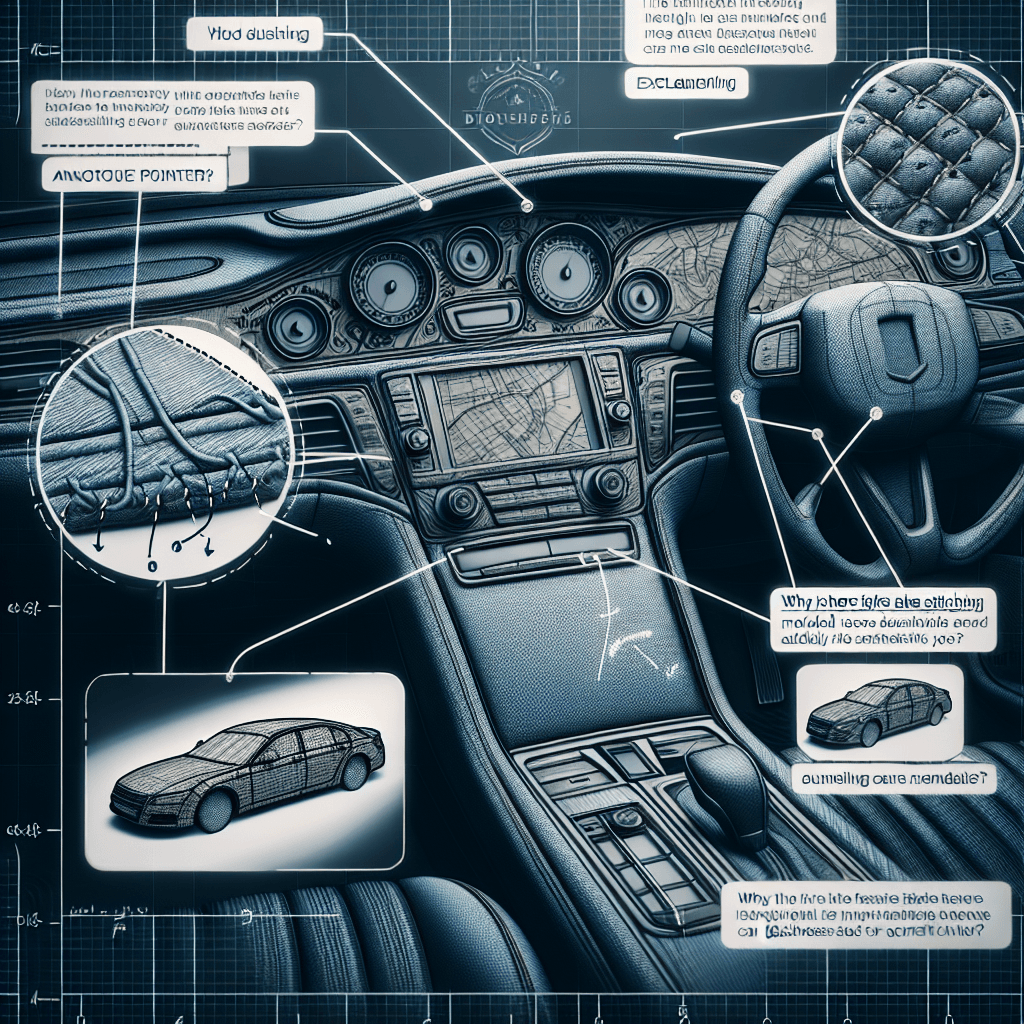Why are bowling lanes coated in specific, invisible oil patterns
The difference between a perfect strike and a gutter ball isn't just your skill—it's the invisible oil pattern on the lane that's secretly steering your shot.


Too Long; Didn't Read
TLDR: The oil protects the lane from damage and strategically controls the ball's path. A heavy oil pattern at the front lets the ball slide, while the dry section at the back creates friction, causing the ball to grip the lane and hook into the pins. Different patterns create different challenges for bowlers.
Blog Post Title: The Invisible Game: Why Are Bowling Lanes Coated in Specific, Invisible Oil Patterns?
Ever wondered why your bowling ball hooks beautifully on one shot and slides straight into the gutter on the next? It’s not just your technique—it’s the invisible playing field sculpted on the lane itself. That glossy shine on a bowling lane isn’t just for looks; it’s a meticulously applied layer of oil, arranged in a specific pattern that fundamentally dictates the game. This conditioner is the single most important variable in modern bowling, transforming a simple act of rolling a ball into a complex challenge of physics and strategy. This post will pull back the curtain on this unseen element, explaining exactly why bowling lanes are coated in specific, invisible oil patterns and how they influence every single shot you make.
The Dual Purpose of Lane Oil: Protection and Performance
At its most basic level, lane conditioner serves a crucial, practical purpose: protecting the lane surface. A 16-pound bowling ball landing on a wooden or synthetic lane generates immense friction and force. Without a lubricating layer, the lane surface would quickly suffer from burns, scrapes, and damage, leading to costly and frequent repairs. The oil acts as a buffer, allowing the ball to slide smoothly down the initial portion of the lane, significantly extending the life of the bowling center's most valuable asset.
However, protection is only half the story. The primary reason for applying oil in specific patterns is to control the game's difficulty and create a strategic challenge. The oil dictates how and when a bowling ball hooks, turning bowling from a game of pure power into one of finesse, accuracy, and adjustment.
From Skid to Hook: How Oil Patterns Control the Ball
A modern bowling ball’s journey down the lane can be broken into three distinct phases. The oil pattern is designed to manage this transition precisely.
- Skid: The first part of the lane, typically the first 20-25 feet, is the most heavily oiled. In this zone, the oil minimizes friction, causing the ball to slide or "skid" with very little rotation. This preserves the ball's energy for the back end of the lane.
- Hook: As the ball travels farther, the oil volume begins to decrease. When the ball encounters the less-oiled or completely dry part of the lane, friction takes over. This friction grips the ball's coverstock, causing it to change direction and begin curving, or "hooking," toward the pins.
- Roll: In the final phase, the ball has fully gripped the lane and is rolling end-over-end, driving through the pins with maximum power.
The specific oil pattern determines the length and shape of these zones. A longer pattern means the ball will skid farther before hooking, while a shorter pattern will cause an earlier hook. The volume of oil from the center of the lane to the outside also creates an "invisible wall" that can guide the ball toward the pocket.
Not All Patterns Are Created Equal: House vs. Sport Shots
The strategic genius of lane conditioning lies in its variety. Bowling centers don't just use one universal pattern. The two main categories are "House Shots" and "Sport Shots," certified by governing bodies like the United States Bowling Congress (USBC).
House Shots (or Typical House Pattern)
This is the pattern you’ll find at most bowling alleys during recreational or league play. It's designed to be forgiving and help bowlers score higher. A house shot features a much higher volume of oil in the center of the lane compared to the outside edges (near the gutters). This creates a funneling effect; if you miss your target to the inside, the heavy oil will push your ball back toward the pocket. If you miss to the outside, the dry boards will make it hook back aggressively. This wide margin for error makes the game more enjoyable for the average bowler.
Sport Shots
Used in professional tournaments and competitive leagues, sport patterns are designed to be brutally difficult. The oil is distributed much more evenly across the lane from left to right. This flat application of oil removes the funneling effect of a house shot, demanding incredible precision. On a sport shot, a small mistake in speed or accuracy is not corrected by the pattern and often results in a split or a missed pocket. These patterns truly test a bowler's skill and adaptability.
Conclusion
So, the next time you step up to the approach, remember that you’re not just facing ten pins. You’re navigating a complex, invisible landscape designed to challenge you. The specific oil pattern on a bowling lane is a masterful blend of science and sport, created to protect the lane surface while defining the very nature of the game. It’s what creates the difference between a casual night out and a high-stakes professional match. Understanding this hidden element is the first step toward appreciating the true depth and strategy of bowling, and it might just be the key to unlocking your own perfect game.


